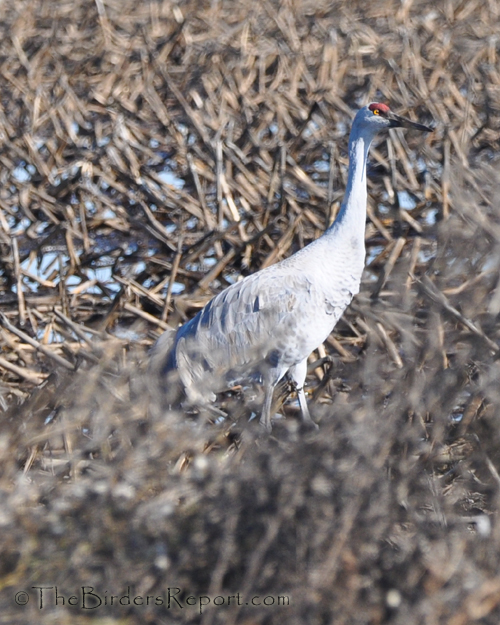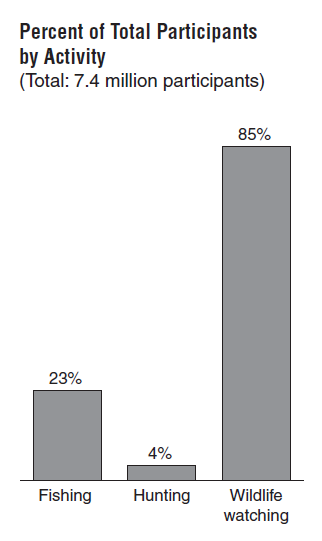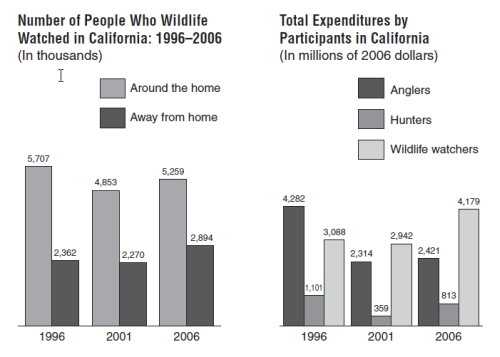 Sandhill Crane at Cosumnes River Preserve photo by Larry Jordan
Sandhill Crane at Cosumnes River Preserve photo by Larry Jordan
“Winter in the Central Valley may seem cold, damp and foggy to you, but thousands of sandhill cranes feel right at home in the valley’s grasslands and marshes. This magnificent bird offers awesome viewing experiences, whether it is feeding on grains, loafing or flying to an evening roost. The sight and sound of a flock of these gargling journeyers gracefully descending into a sunset-lit field makes for a lifetime memory” Bruce Forman, California Department of Fish and Game Interpretive Services.
[audio:https://thebirdersreport.com/audio/SACR2007-10-6-6.mp3]Thousands of wildlife viewers feel the same way when they finally get to witness the return of the Sandhill Cranes to the California central valley but I’m sure most birders don’t even know that in some states, Sandhill Cranes are hunted for “sport” and are considered game birds. They are legally hunted in Alaska, Arizona, Colorado, Kansas, Montana, New Mexico, North Dakota, Oklahoma, South Dakota, Texas, Utah, and Wyoming.
I was shocked when I heard this. Julie Zickefoose wrote a great post over at 10,000 Birds regarding “Shooting Sandhills in Tennessee.” I would like all of my readers to take a few minutes, click on the link and read the post and the comments. When you’re done there, head on over to Vickie Henderson’s post titled “Sandhill Crane Hunting in Tennessee? Multiple Factors Say, NO.” Vickie has written one of the best pieces I have ever read on wildlife conservation.
Vickie makes a strong case for not hunting Sandhill Cranes and backs it up with facts and figures. She points out that “historically our country has relied heavily on population numbers to determine the health of a species without sufficient consideration of species’ ecology and the impact of human use and consumption of vital habitat. Sandhill Cranes rely on wetlands for their survival” and wetlands seem to be endangered themselves.
Even as appreciation for the benefits provided by wetlands has grown over the last couple of decades, wetlands continue to be filled, drained, and dredged. California today has only 10 percent of the wetlands that existed before settlement by Europeans. The Central Valley once had vast wetlands extending over some 4 million acres; these have diminished to a mere 300,000 acres and only 5 percent of the state’s coastal wetlands remain intact1.
Vickie also brings up the funding aspects of wildlife conservation siting numbers from the U.S. Fish and Wildlife Service (USFWS) that show that wildlife watchers have grown considerably during the last census, from 1996 to 2006, while hunters numbers have significantly declined. In California (wildlife watching includes feeding, observing and photographing wildlife) 85% of the participants in wildlife-associated recreation were wildlife watchers compared to 4% hunters.

The USFWS report also shows that wildlife watcher’s expenditures on these activities has now grown beyond the amount spent by anglers in California.
 The number of Americans participating in wildlife recreation and spending money for those activities has obviously tipped in favor of wildlife watchers yet we have no say in the management of the public lands that we support.
The number of Americans participating in wildlife recreation and spending money for those activities has obviously tipped in favor of wildlife watchers yet we have no say in the management of the public lands that we support.
There has got to be a way for the birders, photographers and other wildlife watchers to be recognized as contributors to the cause of conservation on our public lands and therefore have a voice in the policies of entities like the California Department of Fish and Game and the U.S. Fish and Wildlife Service.
You can download a copy of the 2006 National Survey of Fishing, Hunting and Wildlife-Associated Recreation for California here. It is a 9.8MB file so be patient. If you live in another state, you can get the report for your state here.
Please support this critical conservation issue in Tennessee by writing the Tennessee Wildlife Resources Commission and telling them how you feel about a Sandhill Crane hunt in their state.
References: 1 California Wetlands Information System, Sandhill Crane audio by Andrew Spencer









Comments on this entry are closed.
I stopped waterfowl hunting 15 years ago because it was getting so crowded,now all my favorite wildlife watching places are getting crowded.All the WMA sites in SC are closed to watchers from Oct thru Jan. for hunting of one thing or another (I never got too hunt any).I do spend more time and money watching than I ever did hunting.
@Chris thank you for your insight on what appears to be a growing problem in the U.S. There has to be a way for wildlife watchers to be part of this decision process
Terrific post! Thank you so much for your comments and link to my blog post. I love the way you presented the graphs on your state’s numbers. It’s amazing isn’t it, how wildlife watching has increased so substantially, and yet, our voices and dollars aren’t getting where they need to go to help conservation. I am hoping the denial of the sandhill hunt in TN will become a pivotal example of what we can do to change that.
A petition opposing hunting in Tennessee or Kentucky (where hunting is also underconsideration can be accessed at the website listed. Please sign and cross-post this petition where ever possible. Thank you!
Wildlife viewing may be increasing, but wildlife viewing pays virtually NOTHING to the agencies, both state and federal, which manage wildlife in this country. The funding for the corn at Hiawassee Refuge, which feeds the sandhill cranes, comes from hunting/fishing licenses and taxes on hunting and fishing gear. Not one penny of taxes on binoculars, field guides, or any other “watchable wildlife” activities go to the purchase or maintenance of state/federal wildlife areas. Your voices (as Vickie stated) are not getting where you think they should because you don’t fund squat. Hunters do.
“Wildlife viewing may be increasing, but wildlife viewing pays virtually NOTHING to the agencies, both state and federal, which manage wildlife in this country.”
Really?
Seriously?
Why does wildlife have to “pay” to exist? Are you actually suggesting that any creature should ONLY experience existence if said existence can be defined within some artificial human “value” system?
The ONLY reason that hunters have a “say” is precisely BECAUSE agencies have been established to sell off wildlife and “pay for” any of their activities through that sale. Let’s not forget that initially, HISTORICALLY, wildlife management agencies were not established to conserve wildlife, the environment, or support ecosystems – they were simply the exchange counter for regulated wildlife killing, so let’s be honest about that, shall we?
Change the revenue stream, the management principles and stop tying money to killing wildlife and watch what happens. This system – tying shooting of animals to income and revenue – is NOT scientifically based, it’s an outdated, outmoded and “sport” specific configuration.
Start taxing the equipment you mentioned and watch the dollars come in. It works in other countries, like Costa Rica, and it’s called “eco-tourism.”
Ever heard of it?
Thanks Bernie! BTW….birders, if you live in Socal, you can see these guys every morning in the winter at the Salton Sea Sunny Bono refuge. Saw dozen yesteady while…..hunting.